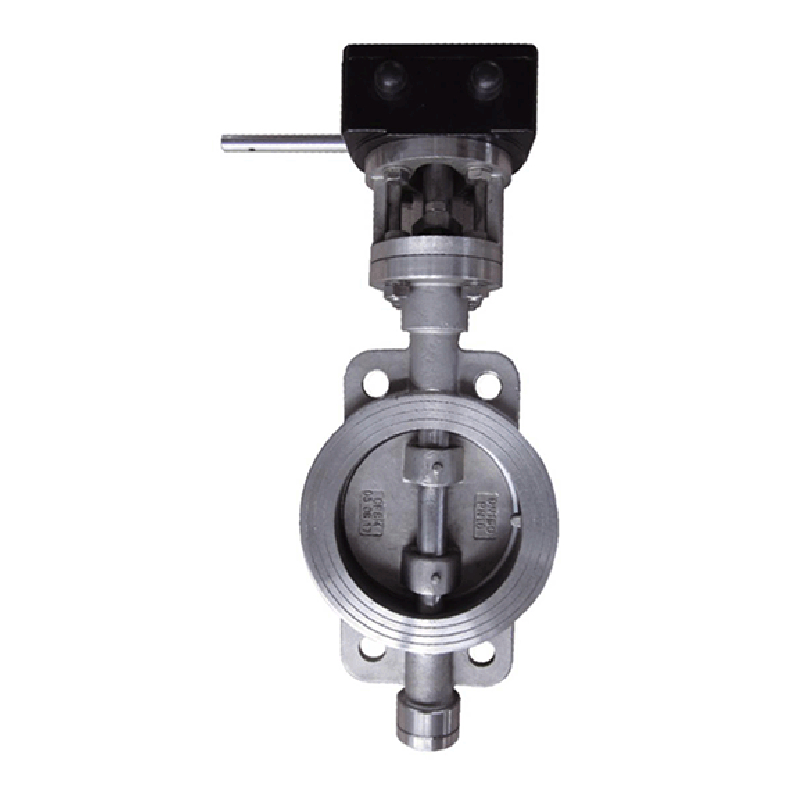Oct . 10, 2024 03:11 Back to list
flexible rubber expansion joint
Understanding Flexible Rubber Expansion Joints An Essential Component in Modern Engineering
In modern engineering and construction, the need for flexibility in various structures and systems can hardly be overstated. One key component that addresses this need is the flexible rubber expansion joint. Designed to absorb movements, vibrations, and thermal expansions in piping systems, these joints are crucial for maintaining the integrity and functionality of systems in diverse applications. This article delves into the significance of flexible rubber expansion joints, their construction, applications, and benefits.
What Are Flexible Rubber Expansion Joints?
Flexible rubber expansion joints, often referred to as expansion joints or flexible joints, are components made from rubber and other materials that allow for movement and flexibility in piping systems. They effectively absorb vibrations, accommodate thermal expansion, and reduce noise levels in various systems, including plumbing, HVAC, and industrial piping. Typically constructed from rubber, they can be reinforced with layers of fabric or steel for added strength and durability.
Construction and Design
The design of a flexible rubber expansion joint is fundamental to its performance. Most commonly, they consist of an elastomeric body, metal flanges, and internal reinforcements. The elastomeric material is selected based on the environmental conditions it will face, such as temperature, pressure, and chemical exposure. Common rubber materials used include EPDM (Ethylene Propylene Diene Monomer), neoprene, and natural rubber, each chosen for their unique properties.
The flanges are usually made from carbon steel or stainless steel, providing the necessary strength to withstand high-pressure conditions while ensuring a secure connection to the piping system. The internal structure may feature a variety of designs, tailored to maximize flexibility and minimize stresses on the surrounding components.
Applications
Flexible rubber expansion joints find use across various industries, including
1. Water and Wastewater Treatment In municipal and industrial water systems, expansion joints help accommodate changes in temperature and pressure, extending the life of pipes and reducing maintenance costs.
2. HVAC Systems In heating, ventilation, and air conditioning systems, they minimize the transmission of vibrations from equipment to ductwork, ensuring quieter operation and improved comfort.
3. Chemical Processing Flexible joints allow for the safe transfer of corrosive and high-temperature fluids, with materials specially selected to resist degradation.
flexible rubber expansion joint

4. Power Generation In power plants, they assist in connecting various components of piping systems, accommodating thermal changes and vibrations from turbines and other machinery.
Benefits
The use of flexible rubber expansion joints comes with numerous advantages
- Vibration Absorption They significantly reduce vibrations transmitted through piping systems, which can lead to noise reduction and less wear on mechanical components.
- Thermal Expansion Management By allowing for movement due to thermal expansion, these joints prevent stress on pipes, thus reducing the risk of leaks and ruptures.
- Ease of Installation Flexible rubber joints are generally easy to install and can be customized to fit specific requirements, reducing downtime during system upgrades or repairs.
- Cost-Effective Solution The durability and reliability of expansion joints can lead to significant savings in maintenance and repair costs over the lifespan of a system.
- Versatility With a range of materials and designs available, flexible rubber expansion joints can be tailored to meet the specific demands of any application.
Conclusion
Flexible rubber expansion joints play a crucial role in modern engineering practices, providing solutions that enhance the safety, efficiency, and longevity of various systems. By understanding their construction, applications, and benefits, engineers can make informed decisions when designing and maintaining piping systems. As industries continue to evolve and face new challenges, the importance of incorporating flexible joints will only grow, ensuring that infrastructure remains robust and reliable in the face of change. Embracing technology and innovation in the use of flexible rubber expansion joints will undoubtedly pave the way for more resilient engineering solutions in the future.
Share
-
Reliable Wafer Type Butterfly Valves for Every IndustryNewsJul.25,2025
-
Reliable Flow Control Begins with the Right Ball Check ValveNewsJul.25,2025
-
Precision Flow Control Starts with Quality ValvesNewsJul.25,2025
-
Industrial Flow Control ReliabilityNewsJul.25,2025
-
Engineered for Efficiency Gate Valves That Power Industrial PerformanceNewsJul.25,2025
-
Empowering Infrastructure Through Quality ManufacturingNewsJul.25,2025


